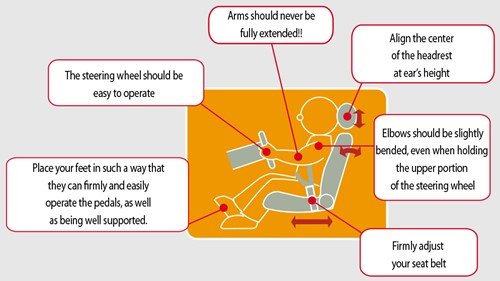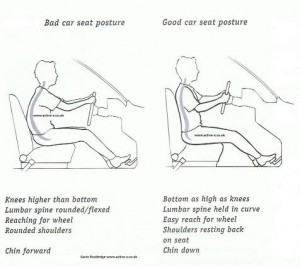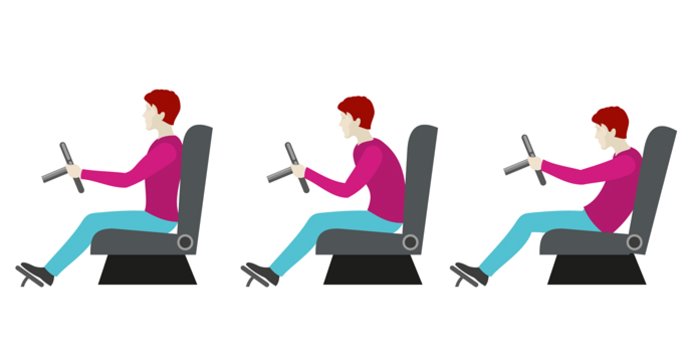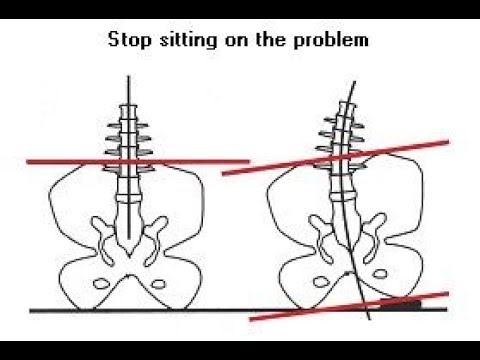Correct driving set up for pain free travel
One place where getting up and moving around is not really an option is when we are driving. Many of us spend several hours per week in the car, making it essential for our spinal health to have the correct set up to reduce pain and discomfort.
A poor seated position while driving can lead to the following:
- Low back pain,
- headaches,
- sore shoulders
- Sciatic pain
So how should you set you seat up for a pain free drive?
Seat height and distance:
Having your seat too high means you need to slump forward to view out of the window, however having the seat too low can result in not being able to see potential obstacles.
You want to be a comfortable height to be able to see everything easily over the steering wheel without extra effort. It’s quite simple.
Distance from the pedals is important too. You don’t want to be reaching for the pedals obviously but you also want to have your knees too bent either, which can decrease the angle at the hips resulting in hip and lower back pain.
Ideally, the best distance from the seat to the pedals would mean that in a manual car, your knee should be almost be straight (but not quite) when you press the clutch in all the way. About a 5 degree knee bend in that position should be it.
In an automatic car, the same rule applies for you to be able to leave your foot on the foot rest. You should have that same 5 degree knee bend when your foot sits on the foot rest.
Steering wheel position:
Have the steering wheel at a distance where you can relax your hands onto the 10 and 2 positions on the wheel without leaning forward and having to round your shoulders, keeping a relaxed bend in your elbows.
You should be able to take your left hand off the steering wheel, and have it rest comfortably on the gear stick without having to reach for it, allowing your shoulders to remain relaxed, instead of reaching or slumping forward.
Position the steering wheel at a height where your hands can sit at 10 and 2 roughly in front of your shoulders without needing to reach up or down.
Head position:
The head rest should be in a position where your head isn’t having to lean forward and is relaxed over the top of your shoulders.
If it is leaning forward, move the steering wheel closer to you.
When you drive with a forward head posture, this can result in headaches, neck and shoulder pain, and fatigue.
Lumbar support:
If your car has inbuilt lumbar support, don’t be afraid to use it. When you find the right spot for you, you will be amazed that you ever drove without it.
If need be, you can always buy a lumbar support pillow to use when you are driving for long periods or on longer road trips.
Empty your pockets:
If you drive with your wallet or phone in your back pocket- it’s time to quit! This common mistake causes an unevenness at the pelvis that will eventually lead to back pain and in some cases sciatica.
Take breaks regularly:
Especially if you are driving long distance. Taking a break not only helps to avoid feeling fatigued, they also allow your body to wake up as well. It doesn’t need to be a long break. 3-5 minutes getting up, and walking around can assist in avoiding discomfort.
If you have any specific questions regarding your individual situation or you would love further information please contact us here at Global Chiropractic on 54443388 or email [email protected]
SPECIAL OFFER: Global Chiropractic is currently offering new clients $180 worth of Chiropractic care for just $49. To get your $49 Chiropractic voucher, simply follow the link below:




